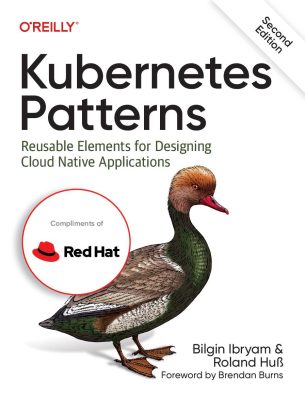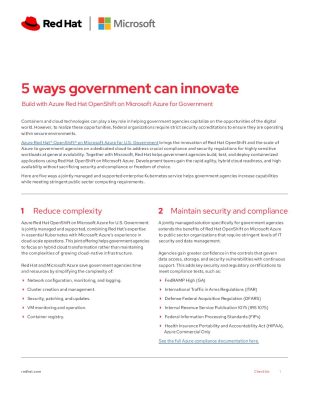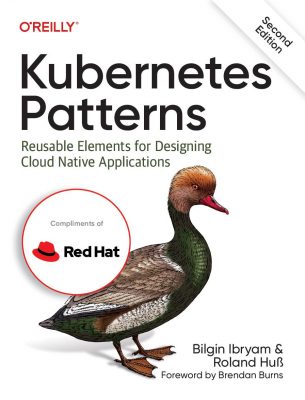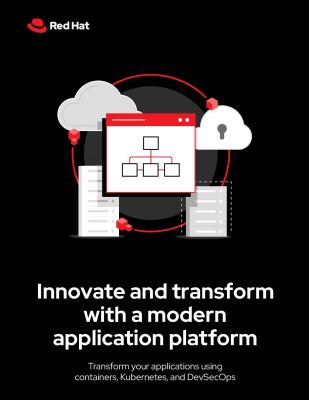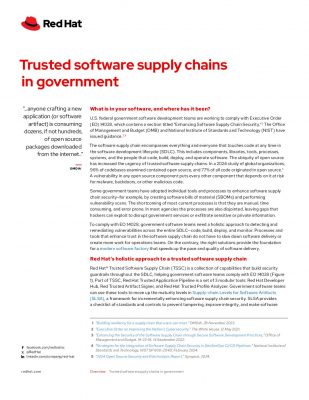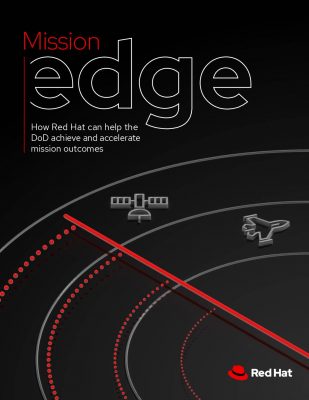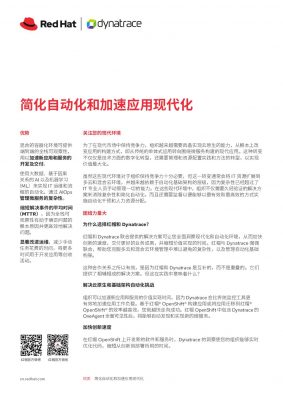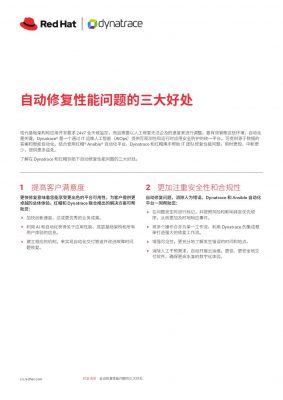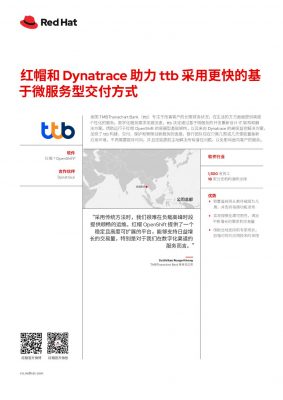Highlights:
- Lacking a thorough understanding of every aspect of your workload, especially in the public cloud, makes it challenging to identify, monitor, mitigate, and prevent potential data breaches, unauthorized cloud access, and other costly vulnerabilities.
- CWPPs are highly effective in safeguarding diverse workloads, making them particularly suitable for securing infrastructures distributed across multiple clouds.
Realizing the full potential of the cloud demands organizations to craft applications that leverage its capabilities. Adopting a shift-left approach, wherein on-premises-designed applications are simply transposed to the cloud, can lead to a costly and suboptimal deployment in the cloud.
As developers securely integrate cloud workloads into DevOps development cycles, applications are swiftly built and deployed, often with insufficient attention to security. Simultaneously, these applications are frequently public-facing and spread across various cloud environments, posing effective monitoring and security challenges.
Cloud workload protection platforms (CWPP) play a crucial role by offering a scalable, low-friction solution for implementing security measures in cloud workloads. CWPP solutions are instrumental in mitigating the impacts of lax security practices amid the rapid development cycles inherent in DevOps methodologies. Now, let’s delve into the real question:
What Are Cloud Workload Protection Platforms (CWPP)?
Cloud workload protection platforms (CWPPs) solutions are essential for securing workloads deployed across private, public, or hybrid cloud environments. These solutions are designed to safeguard the application and any related cloud resources.
The term “cloud workload placement” encompasses the various components utilized by applications hosted in the cloud, encompassing computing, storage, and networking. Effectively securing cloud workloads involves the application of specialized security measures tailored to the distinctive features of cloud environments, diverging from traditional IT setups.
Having explored the fundamentals of Cloud Workload Protection Platforms (CWPP), it’s essential to pivot toward understanding their significance.
Why Is Cloud Workload Protection Platforms (CWPP) Important?
Organizations worldwide employ diverse approaches in their operations, ranging from working in public cloud environments to utilizing private, hybrid, or on-premise solutions. Given this complexity, ensuring the continuous protection of all cloud workloads is essential.
Cloud workload protection platform (CWPP) services equip organizations to understand their workload vulnerabilities comprehensively. This allows teams to prioritize addressing issues based on their level of risk. CWPP is crucial as it furnishes organizations with easy-to-use and scalable cloud workload protection, safeguarding against vulnerabilities from inadequate cybersecurity practices.
With a clear understanding of why CWPP platforms are essential, the next step is to delve into how these platforms effectively bridge the security gap.
How Does CWPP Bridge the Security Gap?
Lacking a thorough understanding of every aspect of your workload, especially in the public cloud, makes it challenging to identify, monitor, mitigate, and prevent potential data breaches, unauthorized cloud access, and other costly vulnerabilities. CWPPs aim to address this gap by offering a centralized security point for internal workloads.
CWPPs leverage tools and services to identify and address public cloud security threats. These proactive measures help mitigate potential risks, safeguarding your company from losing critical workload data, expensive data breaches, or legal consequences of non-compliance with security standards.
Having explored the role of cloud workload protection platforms (CWPP) in addressing security gaps, let’s now shift our focus to essential considerations that security leaders should consider when implementing CWPP.
Implementing Cloud Workload Protection Platforms (CWPP) Through the Eyes of a Security Leader
Incorporating CWPP functionality effectively is crucial for achieving robust cloud workload protection. To facilitate this, consider the following recommendations:
- Flexibility: Design your architecture for CWPP scenarios that accommodate situations where the use of runtime agents is not feasible or does not align with the specific requirements of your system.
- Visibility and control: Ensure that your architectural design offers consistent visibility and control over all workloads, irrespective of location, size, or architecture. This comprehensive oversight is crucial for effective cloud workload protection.
- Container protection: Evaluate CWPP vendors that either offer container security or have a well-defined roadmap for supporting serverless protection. Additionally, prioritize those vendors that provide integrated Cloud Security Posture Management (CSPM) capabilities to identify and address risky configurations. This ensures a holistic approach to cloud workload protection.
- Zero trust principles: Opt for a default-deny approach to workload protection whenever feasible during runtime, even if only in detection mode, instead of a strategy reliant on antivirus measures. This approach enhances the security posture of your workloads by minimizing potential risks and vulnerabilities.
- Scanning and compliance: Expand the integration of workload scanning and compliance into DevOps by embracing DevSecOps best practices, especially within container-based and serverless function PaaS-based development and deployment.
With a security leader’s perspective in mind, the next crucial aspect is understanding how CWPPs extend their protective measures to safeguard multi-cloud and hybrid-cloud deployments.
How Do Cloud Workload Protection Platforms (CWPP) Protect Multi-Cloud and Hybrid-Cloud Deployments?
CWPPs are highly effective in safeguarding diverse workloads, making them particularly suitable for securing infrastructures distributed across multiple clouds. With the prevalence of multi-cloud deployments, which involve the use of multiple public clouds and hybrid cloud deployments, combining public clouds with private clouds and on-premise infrastructure, there is a need for comprehensive protection.
A CWPP serves as a centralized hub, offering organizations a unified platform to seamlessly monitor and assess cloud security risks across a spectrum of workloads.
Transitioning from the discussion of CWPPs safeguarding multi-cloud and hybrid-cloud deployments, let’s delve into essential CWPP best practices for optimizing security measures across diverse cloud environments.
What Are The Cloud Workload Protection Platforms (CWPP) Best Practices?
While multi-cloud workload protections, such as CWPP, provide a robust approach to securing diverse environments, your organization must establish best practices. These practices empower users to adopt a proactive approach and align their work with the principles outlined in your CWPP strategy.
Here are the cloud workload protection platforms (CWPP) best practices you should consider:
- Automate threat response: Utilize AI-powered tools to automate data collection, detection of threats, and response to issues. Automation enhances the efficiency of your security team in reviewing and remediating potential threats across large networks.
- Operationalize security: Establish governance rules to inform standards for automated remediation. This ensures an organized and efficient ticketing system for reviewing and fixing security issues, supporting a systematic approach to security operations.
- Provide ongoing security education: Despite advanced technology, education is crucial. Keep your employees informed about security best practices and provide continuous training to enhance their awareness. Well-informed staff contributes to maintaining a secure organizational environment.
- Promote awareness: Emphasize the importance of risk mitigation and threat monitoring to your teams. Keep them informed about the latest threats, industry compliance standards, and new security protocols. Encourage innovative security behaviors, especially when users access the cloud from various devices.
- Implement a zero trust model: Enforce a zero trust model across servers, virtual machines, devices, and applications. Require user authentication, authorization, and permissions to prevent unauthorized access and compromise of workloads.
In your quest for the appropriate CWPP for your business, consider the size of your network, including the number of servers, containers, databases, virtual machines, and other infrastructures you intend to encompass.
To Conclude
Cloud workload protection platforms (CWPPs) are pivotal in fortifying cloud-based workloads across diverse environments, ensuring robust security in an era of evolving cyber threats. Their significance lies in providing ruthless visibility, proactive threat detection, policy enforcement, and compliance auditing. CWPPs bridge security gaps by centralizing security measures, addressing vulnerabilities, and mitigating risks.
Implementing CWPP effectively involves flexibility, visibility, container protection, zero trust principles, and compliance integration. Security leaders must prioritize these factors for comprehensive cloud workload protection. CWPPs excel in safeguarding multi-cloud and hybrid-cloud deployments, offering a unified platform for monitoring security risks.
Best practices include automating threat response, operationalizing security, providing ongoing education, promoting awareness, and implementing a zero-trust model. Adopting these practices ensures optimized security measures across diverse cloud environments, empowering organizations to navigate the complexities of modern cloud infrastructures effectively.
Discover a rich repository of wisdom with our resource center’s diverse collection of cloud-related whitepapers.
